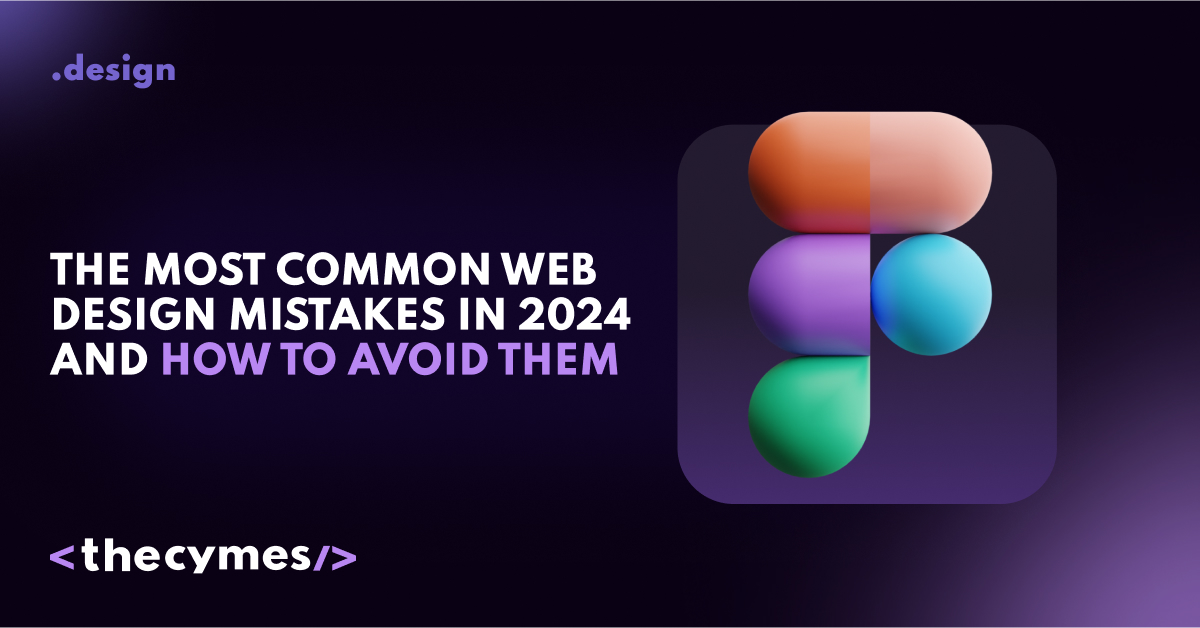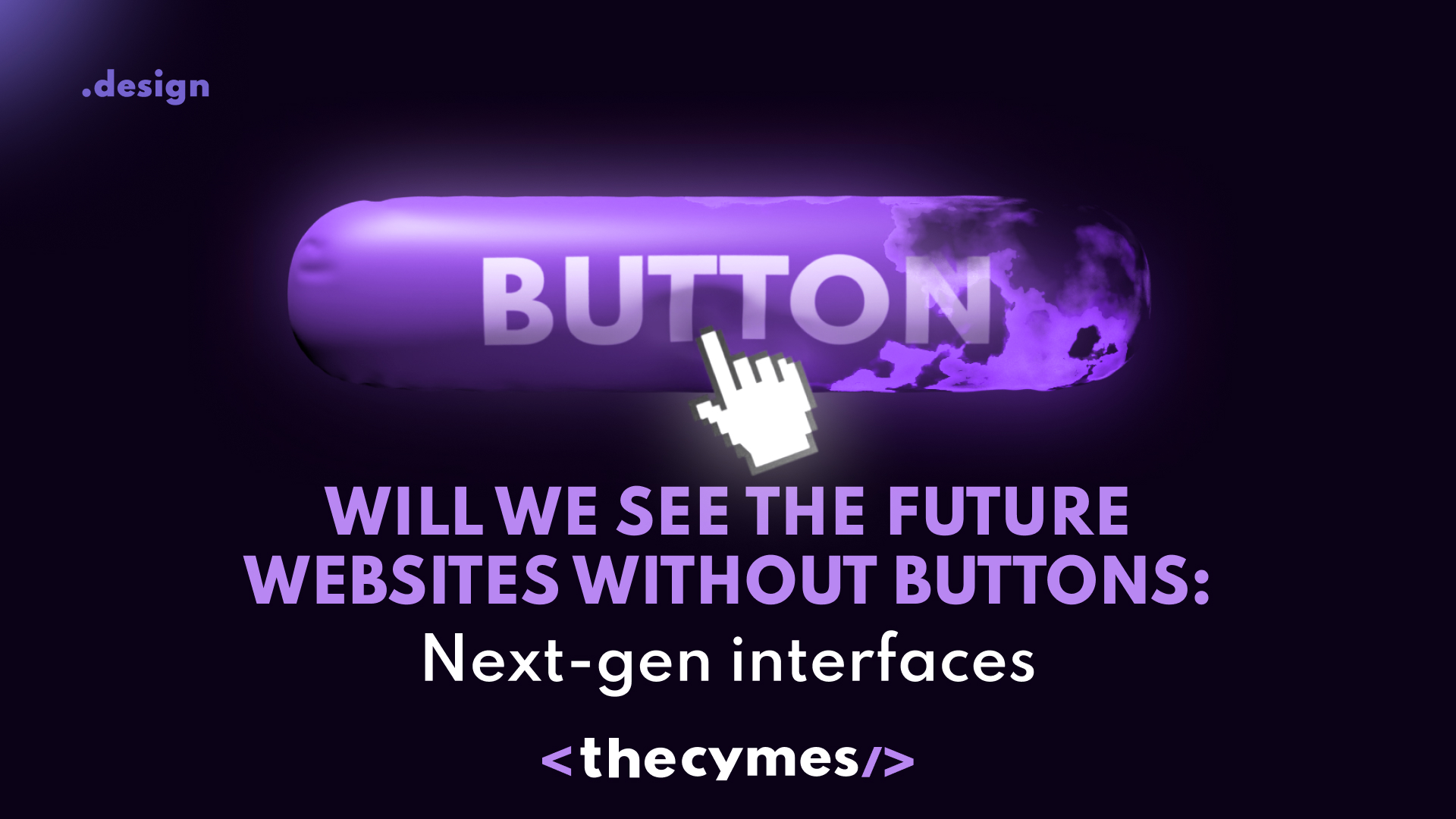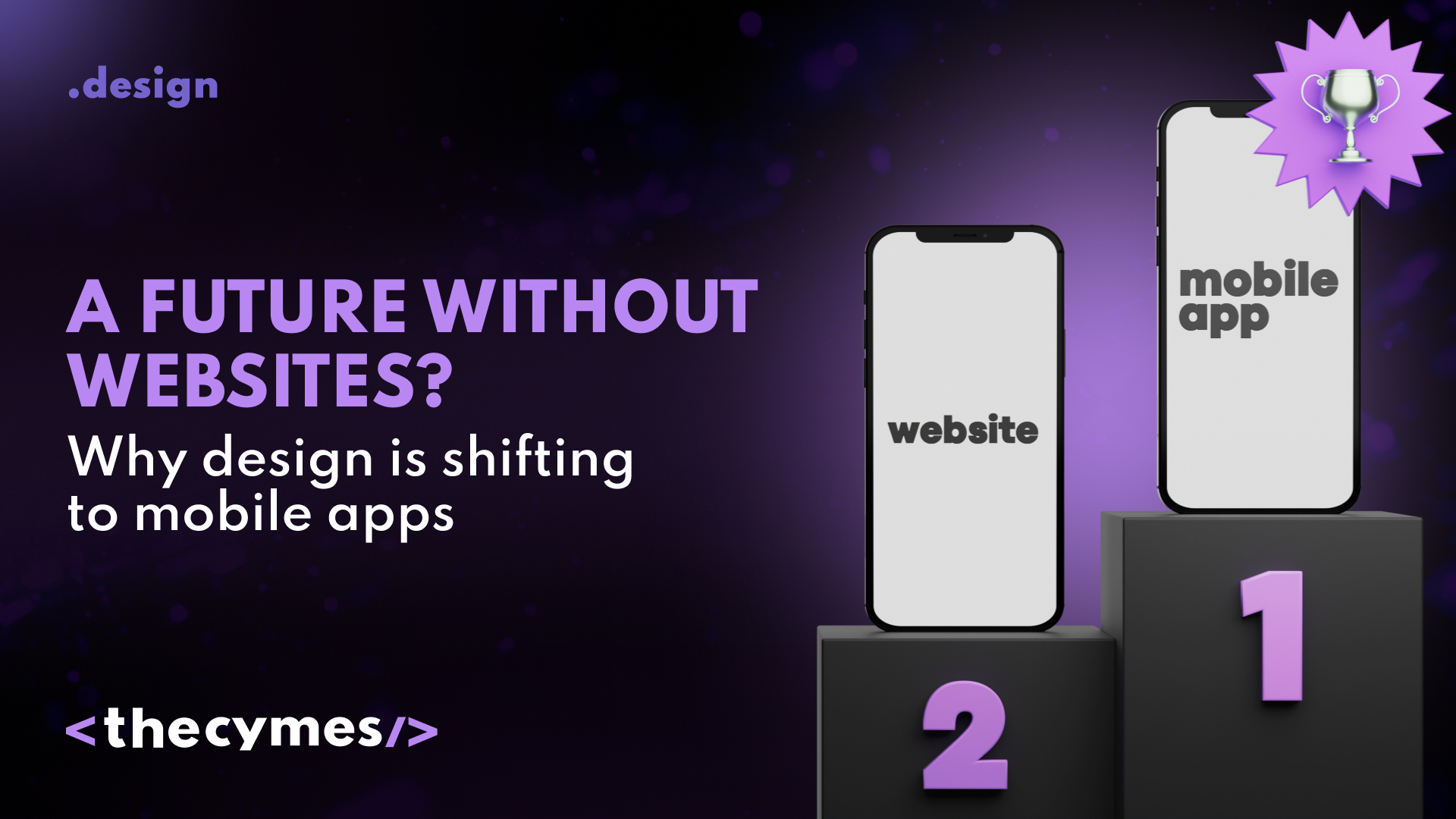Table of Content
The Most Common Web Design Mistakes in 2024 and How to Avoid Them
/>Discover practical tips on improving typography, navigation, and mobile responsiveness to create a site that truly engages your audience.Introduction
Today web design is not just an aesthetic choice—it's a critical component of your brand's success. With 75% of users judging a company’s credibility based on its website design, as highlighted by a study from Stanford University, getting it right is vital. Furthermore, 94% of consumers associate poor web design with a lack of trust in a brand. As competition intensifies, understanding the most common web design mistakes is essential for creating a site that attracts visitors and converts them into loyal customers.
This article will explore the 8 most prevalent web design mistakes in 2024 and provide actionable strategies to help you avoid them. These insights will guide you in crafting an engaging and effective web experience.
1. Poor Typography Choices

Image by FreePik
Beyond just putting text on a page, typography is critical in determining how the user experiences a given platform. It is important to improve readability, communicate brand identity, and guide readers through text. This is something that many designers tend to forget about, which can result in bad decisions that lower user engagement. Long text can deter readers who like reading short items, therefore it might be made easier to read by dividing it into shorter paragraphs or using numbered lists. Incompatible font style can also give an untidy appearance that makes it difficult for readers to concentrate on the content. Designers should stick to no more than two or three complimentary fonts to avoid problems. Selecting a color scheme that guarantees the written material shines out against its background is crucial because poor contrast also makes information difficult for people to understand.
-
Ways to Make Typography Better
Making strategic decisions is necessary for improving typography. Restricting font selection to a small number of attractive styles leads to a uniform look that improves brand identification. The reader's eye can be effectively led through the content through the use of a simple structure that identifies headings, subheadings, and body text. It's important to prioritize readability; choosing fonts that are readable on all platforms guarantees that users can interact with the information regardless of screen size.
-
Example of Good Typography
You can find an outstanding example of efficient typography on websites such as Medium. Their layout employs ample white space, distinct headings, and a constrained font selection, all of which boost the reading experience and keep readers interested.
2. Confusing Navigation
Effective navigation is the backbone of any website, serving as the primary pathway for users to access information. If users cannot find what they’re looking for, they will quickly become frustrated and leave. Common navigation mistakes include missing menus, which can leave users feeling lost; poorly placed elements that make important features hard to find; and overly complex structures that overwhelm users with too many options.
-
Tips for Effective Navigation
It's necessary to simplify your menu to improve navigation. It can be easier to navigate if there are fewer items in the important categories, such as Products, Services, and Contacts. When menu items are well labeled, users may click with more understanding and have a better overall experience. Including a search feature can also enable users to find information quickly, improving the usability of navigation.
-
Real-World Example
Websites like Amazon excel in navigation due to their intuitive layouts and robust search functionality, enabling users to find products effortlessly and enhancing their shopping experience.
3. Visual Noise
When a page is overly cluttered with items, it creates visual noise that diverts readers' attention from the main content. The intended message may be reduced by using too many images, and visitors may become confused about where to focus their attention due to a disorganized structure. Long paragraphs without breaks might also cause readers to get disinterested and frustrated.
-
Ways to Cut Down on Visual Noise
It's crucial to embrace white space to lessen visual noise. A cleaner interface can be achieved by using negative space to highlight important text. Enhancing user focus can also be achieved by prioritizing vital aspects, such as emphasizing important information and eliminating less important features. Retaining uniformity in the design of buttons, typefaces, and colors will result in a unified interface and less visual clutter.
When a page is overly cluttered with items, it creates visual noise that diverts readers' attention from the main content. The intended message may be reduced by using too many images, and visitors may become confused about where to focus their attention due to a disorganized structure. Long paragraphs without breaks might also cause readers to get disinterested and frustrated.
-
Inspiration from Minimalist Design
Minimalist websites, such as Apple’s, illustrate the power of simplicity. Their effective use of white space and limited text allows key products to stand out, offering a seamless user experience that keeps visitors engaged.
4. Lack of Mobile Responsiveness

Image by FreePik
Responsive web design is now necessary since mobile devices account for more than 50% of all online traffic. Unoptimized pictures that might cause load times to increase, buried material that doesn't show up properly on smaller displays, and challenging-to-use navigation elements are common mobile design errors.
-
Providing Compatibility for Mobile
Making use of responsive frameworks such as Bootstrap helps speed up the process of designing layouts that are optimized for mobile devices. Sustaining a positive user experience on your website requires regular testing across multiple devices. Furthermore, mobile consumers require photos to be optimized for faster load times without sacrificing quality.
-
Effective Mobile Case Studies
Airbnb stands out as a prime example of effective mobile design, providing a seamless experience across devices that keeps users engaged. Their intuitive interface ensures that users can easily navigate and book accommodations, regardless of the device they are using.
5. Ignoring Visual Hierarchy
Visual hierarchy is vital for guiding users through your content in a logical manner. Mistakes in this area, such as inconsistent formatting of headings and overloaded pages with competing elements, can confuse users and detract from their experience.
-
Improving the Visual Hierarchy
Improving visual hierarchy entails drawing users' attention to important sections by emphasizing them with color and size. Users can more quickly and effectively find information by grouping related items. Maintaining a logical sequence for material also helps to improve the user experience by making it easier for users to move from one piece of information to the next.
-
Examples of Effective Hierarchy
Websites like The New York Times effectively use clear visual hierarchy to guide readers through their articles, making it easy to digest information. Their strategic use of headlines and images draws attention to key stories and enhances the overall reading experience.
6. Poor Color Choices
Color choices play a significant role in user experience, as colors evoke emotions and influence behavior. Common pitfalls include using pure black, which can be harsh on the eyes; unpleasant color combinations that lead to visual discomfort; and neglecting accessibility, as certain color choices may not be visually accessible to all users.
-
Choosing the Right Colors
To choose the right colors, it’s essential to follow color theory and understand color harmony and psychology. Testing for contrast ensures sufficient readability between text and background colors. Utilizing color palette tools can help in selecting trending combinations that resonate with your audience.
-
Successful Color Schemes
The Spotify website exemplifies effective color use, employing a vibrant palette that enhances user engagement without overwhelming visitors. Their strategic color choices create a harmonious and inviting atmosphere, encouraging users to explore the platform further.
7. Ineffective Call-to-Action (CTA)
Call-to-action buttons (CTAs) are crucial for driving conversions, yet common mistakes such as invisible buttons that blend into the background, vague text that confuses users, and overcrowding with too many CTAs can significantly dilute their effectiveness.
-
Optimizing Your CTAs
Optimizing CTAs involves making them stand out through contrasting colors and larger fonts, ensuring they are easily noticeable. Clear messaging that communicates what action users should take next is also essential. Strategic placement of CTAs, such as at the end of a blog post or in the middle of a sales page, can increase their visibility and effectiveness.
-
Examples of Effective CTAs
Dropbox effectively uses CTAs that are clear, compelling, and strategically placed, guiding users through the conversion process seamlessly. Their CTAs encourage users to sign up or learn more, driving engagement and increasing conversion rates.
8. Unreliable Design Elements

Image by FreePik
To sustain user involvement, a website needs to project trustworthiness and reliability. Missing contact details, bothersome pop-ups, and slow loading that scare users are common design errors that destroy consumer confidence.
-
Determining Trustworthiness
Giving users easy access to your contact details is necessary for building trust and ensuring they can get in touch with you. Reduced pop-up usage contributes to a more enjoyable web surfing experience. Building user trust also means monitoring your website's speed regularly and fixing any bugs that can cause it to load slowly.
-
Building Trust with Transparency
Websites like Zappos build trust by providing comprehensive contact information, showcasing customer reviews, and maintaining a transparent approach to business practices. This openness fosters a sense of reliability and security among users, encouraging them to engage more deeply with the brand.
Conclusion
In 2024, avoiding common web design mistakes is vital for creating an effective online presence. With focusing on typography, navigation, visual hierarchy, mobile responsiveness, color choices, CTAs, and reliability, designers can enhance user experience and boost conversions. Remember, a well-designed website is an investment in your brand's future.
Creating a successful website requires continuous learning and adaptation to the latest trends. Consider enrolling in a web design course to deepen your knowledge and skills. With the right strategies and insights, you can create a site that not only looks stunning but also drives results.




